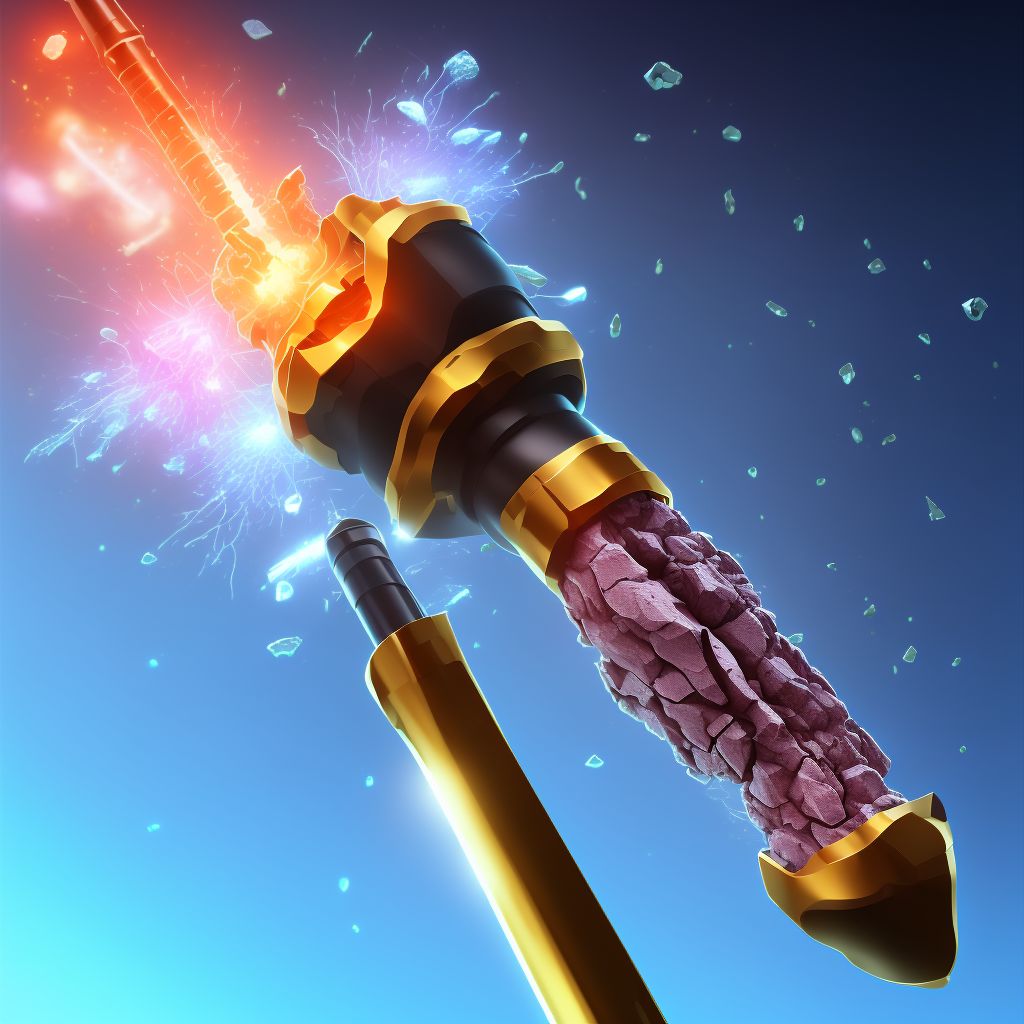
Unspecified fracture of shaft of left tibia, subsequent encounter for open fracture type IIIA, IIIB, or IIIC with routine healing Save
ICD-10 code: S82.202F
Disease category: S82.202: Unspecified fracture of shaft of left tibia
Understanding Unspecified Fracture of Shaft of Left Tibia
An unspecified fracture of shaft of left tibia is a type of bone injury that affects the lower leg bone known as the tibia. Specifically, this type of fracture occurs in the middle part of the tibia shaft, which is the long, straight part of the bone that runs down the front of the leg.
While most fractures are caused by some form of trauma, this particular type of fracture is considered unspecified because the cause is not clearly specified or known. It is also referred to as a closed fracture, meaning that the bone does not break through the skin.
Subsequent Encounter for Open Fracture Type IIIA, IIIB, or IIIC with Routine Healing
If an unspecified fracture of the shaft of the left tibia is left untreated or not properly managed, it can lead to a more serious type of fracture known as an open fracture. An open fracture is where the bone breaks through the skin, leading to a higher risk of infection and other complications.
In some cases, an open fracture may require surgery to properly realign the bone and prevent further damage. In others, the fracture may heal on its own with proper immobilization and rest.
When an open fracture occurs, it is classified based on the severity of the injury. Type IIIA, IIIB, or IIIC open fractures are the most severe, with IIIA being the least severe and IIIC being the most severe. These classifications are based on the extent of soft tissue damage and the level of bone exposure.
Conclusion
While an unspecified fracture of the shaft of the left tibia may seem like a minor injury, it is important to seek medical attention to prevent further complications such as an open fracture. Proper treatment and management can help ensure that the bone heals properly and that the risk of infection and other complications is minimized.
- Unspecified fracture of shaft of left tibia is a type of bone injury that affects the lower leg bone.
- This particular type of fracture is considered unspecified because the cause is not clearly specified or known.
- If left untreated, it can lead to a more serious type of fracture known as an open fracture.
- An open fracture is where the bone breaks through the skin, leading to a higher risk of infection and other complications.
- Proper treatment and management can help ensure that the bone heals properly and that the risk of infection and other complications is minimized.
Treatment of Unspecified fracture of shaft of left tibia, subsequent encounter for open fracture type IIIA, IIIB, or IIIC with routine healing:
Unspecified fractures of the shaft of the left tibia can be serious and require prompt medical attention. When left untreated, they can result in more severe complications, including open fractures. An open fracture, also known as a compound fracture, is a condition that occurs when the bone breaks and protrudes from the skin. This can cause severe pain, swelling, and infection, making it a med...
To see full information about treatment please Sign up or Log in